Products: Free Space Optics (FSO)

CableFree: Wireless Excellence has pioneered reliable, carrier-class Free Space Optics (Optical Wireless) equipment, with thousands of commercial deployments in diverse markets since 1997. We hold the longest track record of commercial FSO vendors, and widest global deployment. Our CableFree range of FSO products include advanced features such as ATPC to overcome high fade in adverse conditions, industry-leading link margins for reliable performance at long range, and proven stable beam optical design. CableFree FSO products reflect a deep understanding of the challenges of FSO transmission and ensure best-in-class performance and availability.
CableFree FSO Product Range
CableFree Gigabit
Offering world-beating performance, CableFree Gigabit Free Space Optics supports data rates from 622Mbps to 1.5Gbps with interfaces for Gigabit Ethernet or Fibre Channel for Storage Area Networks.
![]() PDF Datasheet
PDF Datasheet
CableFree Gigabit CPRI
CableFree Gigabit CPRI Free Space Optics supports data rates at 1.22Gbps with CPRI interfaces connection to 4G/LTE Base Station Infrastructure for “Front-Haul” applications
![]() Please Contact Us for full data on CPRI solutions.
Please Contact Us for full data on CPRI solutions.
CableFree Access
Designed initially for the rigorous telecoms market, CableFree Access FSO is upgradeable from 1 to 155Mbps – a rugged solution wherever T1, E1, 10, 100 or 155Mbps connections are needed.
![]() Please Contact Us for information.
Please Contact Us for information.
CableFree 622
CableFree 622 Free Space Optics supports data rates from 1 to 622Mbps and is available in 500, 1000 & 2000m configurations. Upgrade between 10, 100Mbps, ATM-155, 622. Integrated 10/100+E1/T1 voice & data connections are supported.
![]() Please Contact Us for information.
Please Contact Us for information.
Advanced Features

CableFree FSO (Free Space Optics) links include advanced carrier-class features including:
- Automatic Transmit Power Control (ATPC)
- Upgradable removable network interface modules
- Precision Optics with precise factory calibrated beams
- Advanced Optical Filtering Elements
- 1 to 3 solid state laser devices (depending on model)
- Solid State Peltier effect Laser Cooling (3-laser and high power models)
- Sophisticated FSO Software Management platforms
- FSO Link alignment tools
These features combine together to ensure ease of installation and high-availability networking in all conditions.
![]() PDF Datasheet ATPC
PDF Datasheet ATPC
![]() PDF Datasheet FSO Alignment Tool
PDF Datasheet FSO Alignment Tool
![]() PDF Datasheet FSO Manager Software
PDF Datasheet FSO Manager Software
![]() PDF Datasheet Smart Agent
PDF Datasheet Smart Agent
Applications
CableFree FSO links are used in thousands of mission-critical customer networks worldwide. Some of these diverse applications include 4G/LTE Backhaul, CPRI Fronthaul, 3G and 2G Networks, Corporate Networks, Finance, Energy, Oil and Gas Exploration, Power Utilities, Education, Healthcare, Broadcast with HD-SDI Video, Perimeter Security and CCTV Networks.
CableFree FSO Installations
Request More Information
For further information on the range of CableFree wireless networking products:
Please Contact Us
More information on FSO technology
Free Space Optics (FSO) is a technology that transmits data, video or voice, using laser beams via a line of sight optical bandwidth connection. it operates over distances from 100m to a few kilometres, at throughput bandwidths up to 1.5Gbps, and at frequencies above 300GHz, with wavelengths between 785 to 1550nm. FSO eliminates the need to secure licensing and the expensive costs of installing fibre optic cable, challenges found with RF signal solutions.
The system uses a pair of transceiver units with an optical receiver and transmitter to simultaneously send and receive data via focused light beams, functioning similarly to fibre optics but through air instead of cables. At the receiving location, the light beam is transferred to an optical fibre from a high sensitivity receiver.
Advantages of FSO
Free Space Optics solutions offer various advantages of normal RF signal wireless networks such as:
- Free Space Optics does not suffer from radio frequency interference or band saturation
- License free operation
- No software needed on client devices
- Very high security level operation: FSO is certified in Governmental and Defence applications for transferring confidential and classified information
- Inside installation is possible and it unaffected by operation through glass
Typical Free Space Optics Applications
Free Space Optics Wireless Networks can only operate as Point-to-Point links between 2 units. However, when combined with LAN or WLAN networks they can provide very effective solutions to many scenarios such as:
- Provide a bridge between WLAN-to-WLAN connections on campuses at Fast Ethernet or Gigabit Ethernet speeds to cater for many subscribers simultaneously.
- Provide a bridge between LAN-to-LAN connections in a city between enterprise buildings that need to have reliable, high throughput networks.
- Create a wireless link across an area in which you do not have physical access to.
- Fast service delivery of high speed access to optical fibre, core networks.
- Service Provider backhaul to carry large amounts of data between the client network areas and the core network.
- Converged Voice-Data Connections.
- Temporary WLAN network setup and installation for events such as conferences
- Quickly re-establish high-speed network connections after incidents (i.e. disaster recovery).
- FSO can be installed as redundancy systems to provide fall back, fail safes for critical operations that require network access.
Performance
FSO offers fibre-like speeds with the flexibility and practicality oof wireless networks, providing bandwidth speeds up to 10Mbps, 100Mbps, 155Mbps, 1.5Gbps and 10Gbps, with advancements like WDM (Wavelength-Division Multiplexing) technology. Unlike Millimeter-Wave RF, FSO is license-free and easy to integrate into existing networks via optical fibre. The typical range is 100m to 2km, but the signal strength declines with distance due to atmospheric conditions, so shorter distances ensure better reliability and speed.
Challenges for Free Space Optics
Free Space Optics FSO faces unique challenges compared to fibre optics, as it operates above ground, typically on rooftops. The main technical difficulty is atmospheric interference, particularly fog and water vapour, which can significantly degrade performance by scattering, absorbing, or blocking light beams. Other environmental effects include:
-
Signal absorption by water vapour, reducing power density. This is more common at certain wavelengths, so is combated by using spatial diversity and the correct system power.
-
Scintillation (signal fluctuations) due to air temperature variations. Causes refractive turbulence and results in amplitude loss.
-
Beam wander from turbulence causing misalignment.
-
Scattering (when certain wavelengths experience collisions with objects and are redistributed in varying directions without energy loss), especially over long distances.
-
Beam spread, where the light beam disperses as it travels through the atmosphere.
-
Line-of-Sight Obstructions (e.g. birds or people), which can temporarily block transmission.
-
Building sway, disrupting alignment during strong winds.
To mitigate these issues, FSO systems use solutions like redundancy planning, Automatic Transmit Power Control (ATPC), multi-beam and divergent beam technologies, and spatial diversity. Safety standards are strictly followed, with CableFree FSO systems certified to be Class 1M systems, which is safe for the naked eye. However, precautions are still advised.
Technology Overview
Please follow links to related pages to CableFree Free Space Optics:
- Introduction to Technology of Free Space Optics
- FSO Guide
- History of Free Space Optics
- Free Space Optics and Laser Safety
For Further Information:
For further information on the range of CableFree wireless networking products:
Please Contact Us
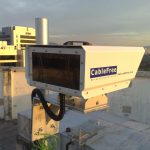
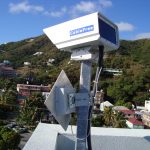
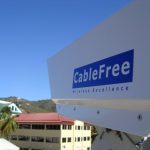
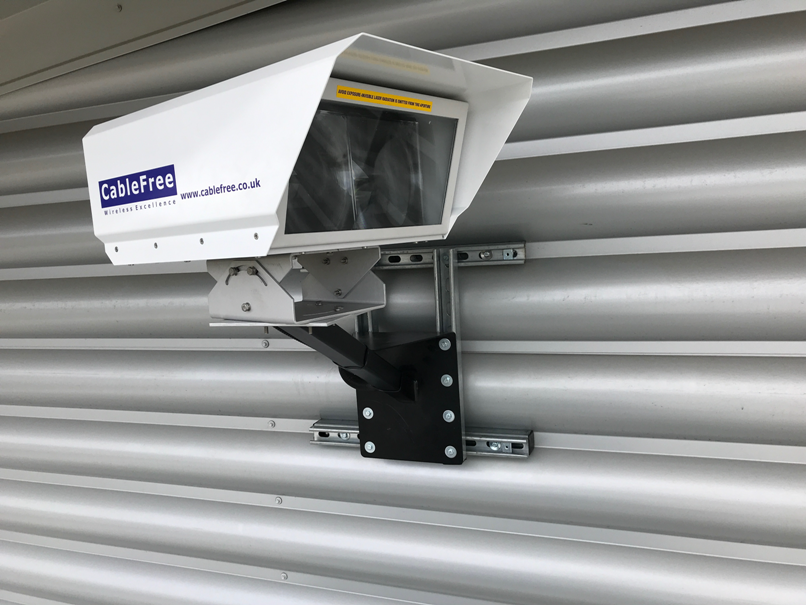

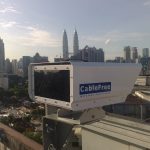
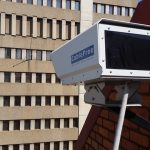
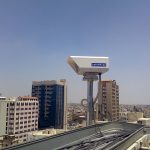
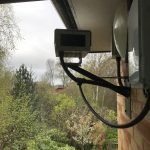


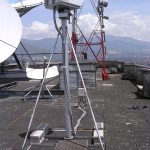
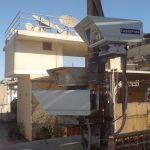
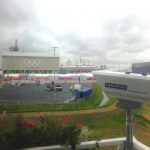
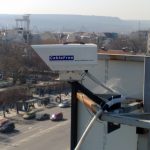
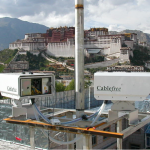



You must be logged in to post a comment.